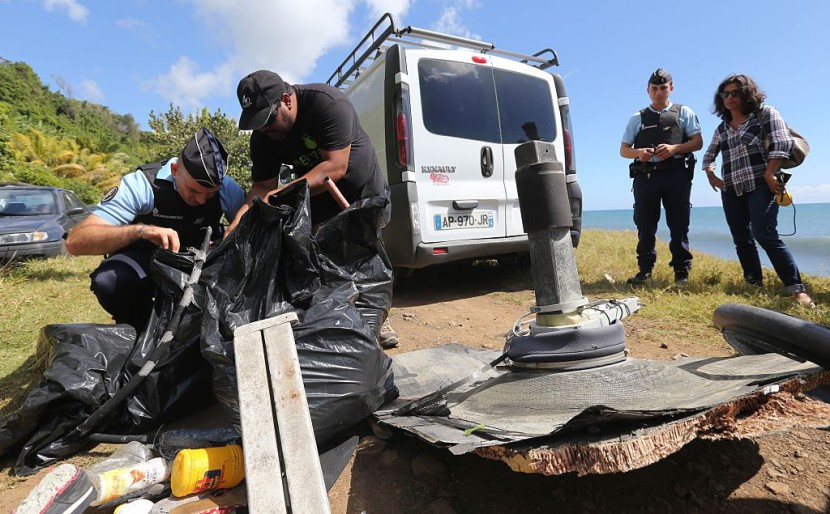
Flight MH370 could be found by new technology retracing its final flight path before it crashed into the Indian Ocean in 2014. Before developing the method, it was a big guessing game where the passenger plane would be at the ocean's bottom.
Investigators use WSPR technology to locate the Flight MH370 wreckage
Relatives of those who perished in the plane crash hope that experts will do conclusive searches this time.
This new technology, the Weak Signal Propagation Reporter (WSPR), will look at what investigators missed when the Malaysian Airlines plane went down. The system uses all radio signals reflected off the plane as markers to point where its path ends. It will provide a good guess where it crashed in the sea for search parties to go to, reported the Express UK.
According to reports, they resorted to trying the WSPR system in 2009, which tracks and records all signals from a plane in the sky received by ground control. Essentially all the information is gathered and coded per flight in a unique database that updates every two minutes, with timestamp, location, and drift noted the Courier-Mail.
It provides contact that keeps track of the plane's specific path, or in this case, where it last disappeared from contact. Large airspaces make it hard to track aircraft precisely.
Based on the WSPR recording, the MH370 had sent about 200 signal reflections per two minutes till disappearing. Using these signal markers in the database, an attempt to trace where the radar contact ended. Flight MH370 was found by new technology based on the assumption it goes well.
Renewed search for Flight MH370
According to Richard Godfrey, a British aerospace engineer did the tests and concluded the method are traces of signals that trace the flight path.
He told The Times that it is like a prairie with trip wires all over the place. Each movement will trip wires all over, showing a path. But he said the airspace is too busy to accurately pinpoint any plane on the web, especially the Malaysian airlines' planes.
Godfrey is among the group that used WSPR to trace a New Zealand air force Orion aircraft. He was able to track the lost plane that led to floating debris and photographed it.
Experts say the image was part of the passenger plane's wing component despite not being retrieved.
If proven correct, the search plane was at last place of the Boeing 777 and all passengers, where it got lost.
Due to the coincidence of the Orion flight, it is the subject of the technology's use. There is hope the WSPR will be about to help find the wreck under the depths of the Indian ocean.
Ocean Infinity provided the underwater vehicle in 2018 but turned up zero in the searches. But, the uses of WSPR are interesting them again.
Godfrey remarked the new developments with WSPR to track a precise location is opening up another expedition in 2023.
Malaysia Airlines flight MH370 and many other missing aircraft won't stay absent as new technology like WSPR, which has been around for a while, will settle the questions once and for all.
Related Article : Flight MH370 Allegedly Disappeared Due to Pilot's Unstable Condition








